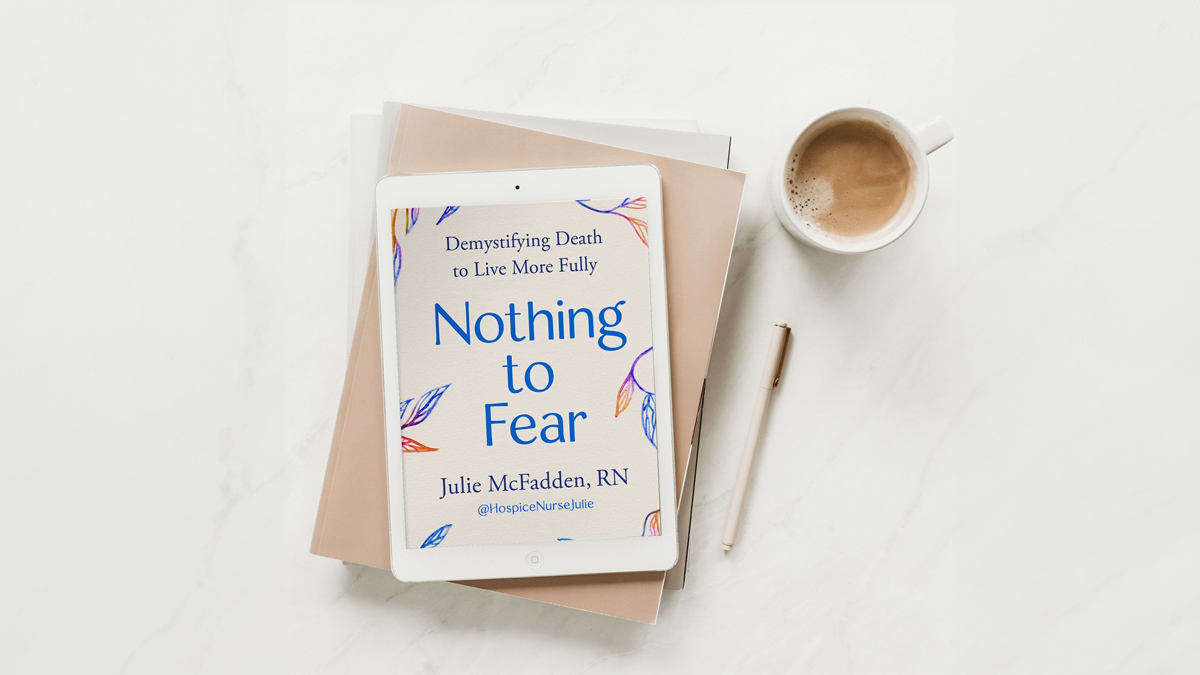Single algae cells can help deliver targeted medicine

Credit: O. Yasa et al./Adv. Mater.
- Scientists in Germany have found a potential improvement on the idea of bacteria delivering medicine.
- This kind of microtargeting could be useful in cancer treatments.
- The microswimmers are biodegradable and easy to produce.
Metin Sitti and colleagues at the Max Planck Institute in Germany recently demonstrated that tiny drugs could be attached to individual algae cells and that those algae cells could then be directed through body-like fluid by a magnetic field.
The results were recently published in Advanced Materials, and the paper as a whole offers up a striking portrait of precision and usefulness, perhaps loosely comparable in overall quality to recent work done by The Yale Quantum Institute. It begins by noting that medicine has been attached to bacteria cells before, but bacteria can multiply and end up causing more harm than good.
A potential solution to the problem seems to have been found in an algal cell: the intended object of delivery is given a different electrical charge than the algal cell, which helps attach the object to the cell. The movement of the algae was then tested in 2D and 3D. (The study calls this cell a ‘microswimmer.’) It would later be found that “3D mean swimming speed of the algal microswimmers increased more than twofold compared to their 2D mean swimming speed.” The study continues —
More interestingly, 3D mean swimming speed of the algal microswimmers in the presence of a uniform magnetic field in the x-direction was approximately threefolds higher than their 2D mean swimming speed.
After the 2D and 3D speed of the algal was examined, it was then tested in something made to approximate human fluid, including what they call ‘human tubal fluid’ (think of the fallopian tubes), plasma, and blood. They then moved to test the compatibility of the microswimmer with cervical cancer cells, ovarian cancer cells, and healthy cells. They found that the microswimmer didn’t follow the path of bacteria cells and create something toxic.
The next logical steps from the study include testing this inside a living organism in order to assess the safety of the procedure. Potential future research could include examining how effective this method of drug delivery could be in targeting “diseases in deep body locations,” as in, the reproductive and gastrointestinal tracts.




